These three things will help you land more fish and avoid the embarrassment of losing a nice one.
It was a crisp September morning in the middle of the Biloxi Marsh.
My fishing confidant had just landed a sheepshead...on a spinnerbait. I stood dumbfounded, my jaw on the deck of the boat.
I have seen sheepshead caught on artificials before but those lures were usually tipped with dead shrimp. This sheepshead must have thought he was a redfish, given the way he smashed the spinnerbait.
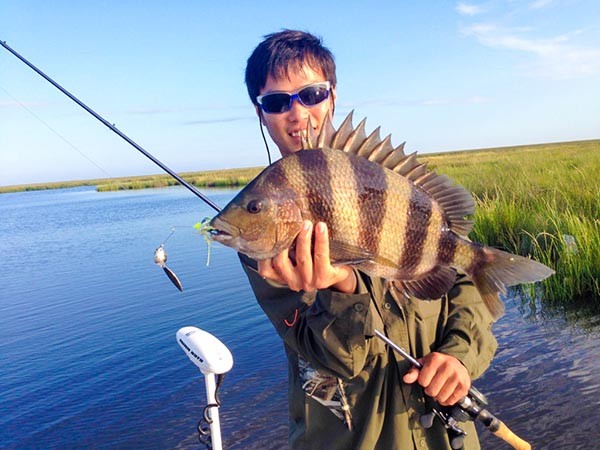
It was kind of a let down, because we were scouting for reds that day. I had planned a 120 mile circuit through the Biloxi Marsh in an effort to learn new areas to catch redfish.
David tossed the fish, and its identity crisis, back water before making another cast down the shoreline.
After a few casts he hooked into a sturdy fish. I turned to look, hoping it wasn't another sheepshead. It was a decent redfish, rolling in the water and peeling out drag with each thrash of his head.
Then the unthinkable happened: the line popped. David reeled in his empty line and it was obvious the knot had broken.
He looked at me sheepishly, "Guess I should have retied last night.
Nobody Wants to Lose Fish
For some this would make for an epic story but for us it was a learning point. Nobody wants to make a habit of losing fish.
I keep from losing fish by practicing three things:
1. Set the Drag Appropriately
This is obvious but often overlooked on fishing trips. The ways redfish and trout pull through the water are polar opposites. Redfish need a stronger drag setting. Speckled trout require a lighter one.
Trout have weak mouths and it is easy to "rip their lips", pulling the hook out altogether if the drag is too heavy. When you are reeling in a trout you should be able to hear that drag come out every time he shakes his head.
Remember it's just a speckled trout, not a sword fish. There is no reason to horse the fish to the boat.
Redfish have tough mouths, unlike trout. It's easy to have the hook come out due to it not being set correctly.
Having a weak drag setting can cause the hook to set in the skin of their mouth and not through the side of their mouth.
When sight fishing I will set the hook only after I see the bait all the way inside their mouth. When I do, I put my back into it.
In the glory days of my fishing charter, I'd have my customers fish live shrimp under a cork and cast against flooded shorelines to target reds.
We couldn't see the redfish very well, so I told them to wait until the cork was moving sideways through the water at a good clip, then take the slack out and try to rip his face off with the hook set.
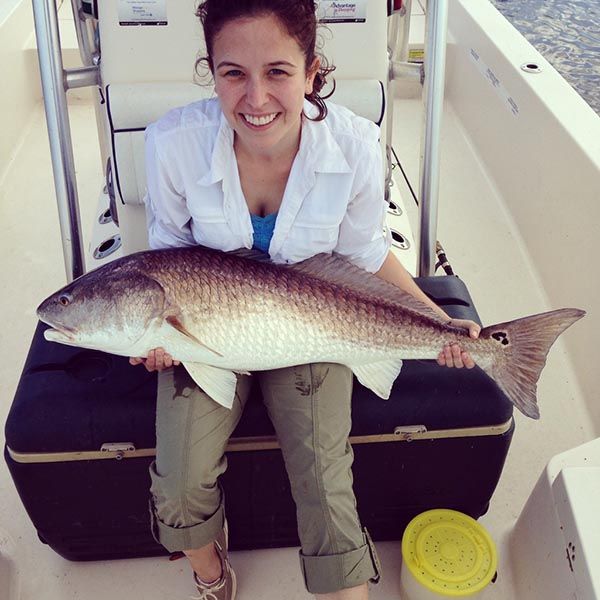
Methods to Set Your Drag
Tie your line to the ball hitch of your truck (or something similar) and gently pull up on the rod to put a bow in it. No drag should come off the reel. Jerk upwards on the rod and it is then that drag should pay out.
Drag at an optimum setting will keep pressure on the fish but let the line slip when it is needed.
It's okay to adjust drag settings on the fly. At the end of the day it will be experience that determines the drag setting you are most comfortable with.
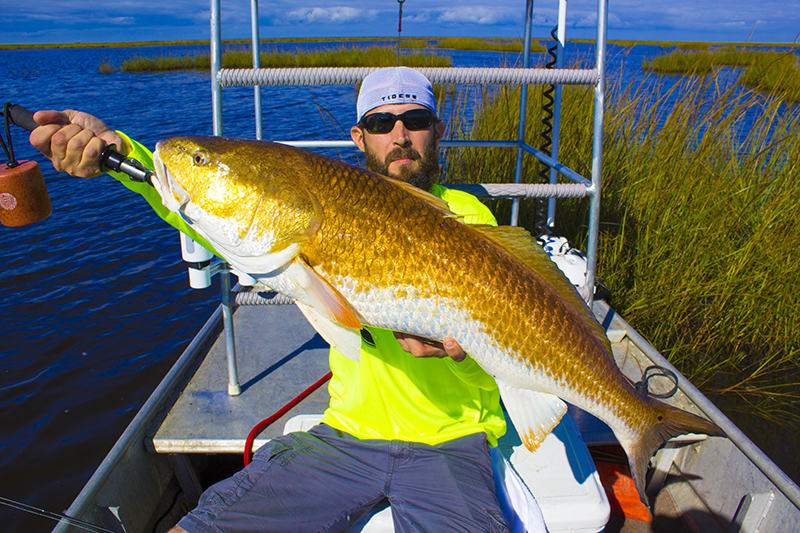
Because he practices the three skills in this article, Vito was able to quickly land this monstrosity of a redfish.
2. Follow the Fish around the Boat
You don't have to stay on one side of the boat when fighting a strong fish.
Provided you don't clobber your fishing buddies, it is fine to "follow" the fish and avoid rubbing your line against the hull, possibly causing it to break.
For example, if an angler is on the bow of the boat and the fish decides to run around the stern, he should calmly walk to the stern while maintaining pressure on the fish.
Otherwise he could get wrapped around the motor.
If you watch the video below you will hear me coaching little Ella to "follow the fish" as she walks from the back of the boat towards the front.
If the fish runs under the boat then follow him there!
This does not mean jumping in the water, but putting your rod into the water to avoid high-sticking.
3. Retie your Knots
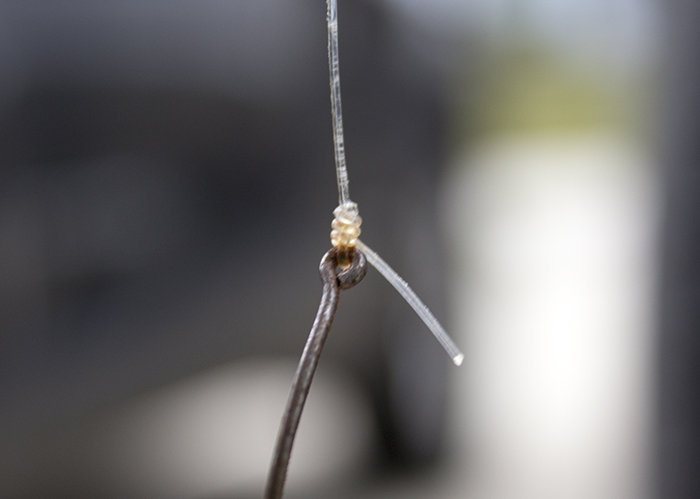
This rod has not been used in a couple weeks and rust has built around the knot. This can cause the knot to underperform and break.
At the bare minimum, you should retie your knots before every fishing trip.
Old knots tend to become abraded and weak from exposure to the elements. A sturdy fish is more likely to break that knot than a freshly tied one.
There is more to lose if you don't retie your knots. That pretty "World Series" speckled trout or huge doormat flounder you waited all year to catch can be lost.
Then, you won't have a wall hanger but a story of "the one that got away."
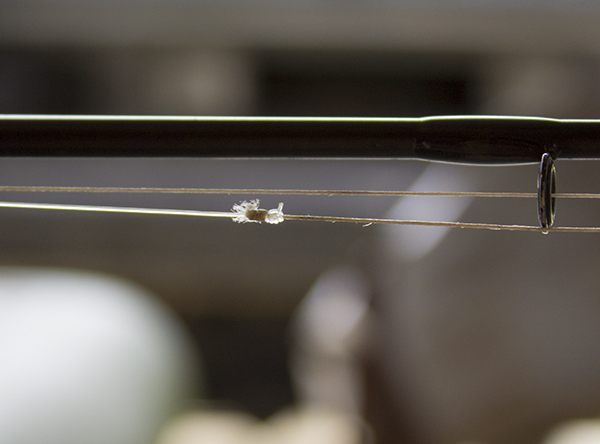
Even this Double Uni Knot should be retied after a day of fishing.
Summary
Exercise these three practices to point they are habits. Yes, they're simple, but you will become a better angler as a result of it.
Most of all, you won't lose that fish you've been wanting to land!

I Retie my lure after 3 redfish. It’s not worth losing the fish, a 5-10 $ bait and cost nothing but a few seconds and less than 1 ft of fishing string to do.